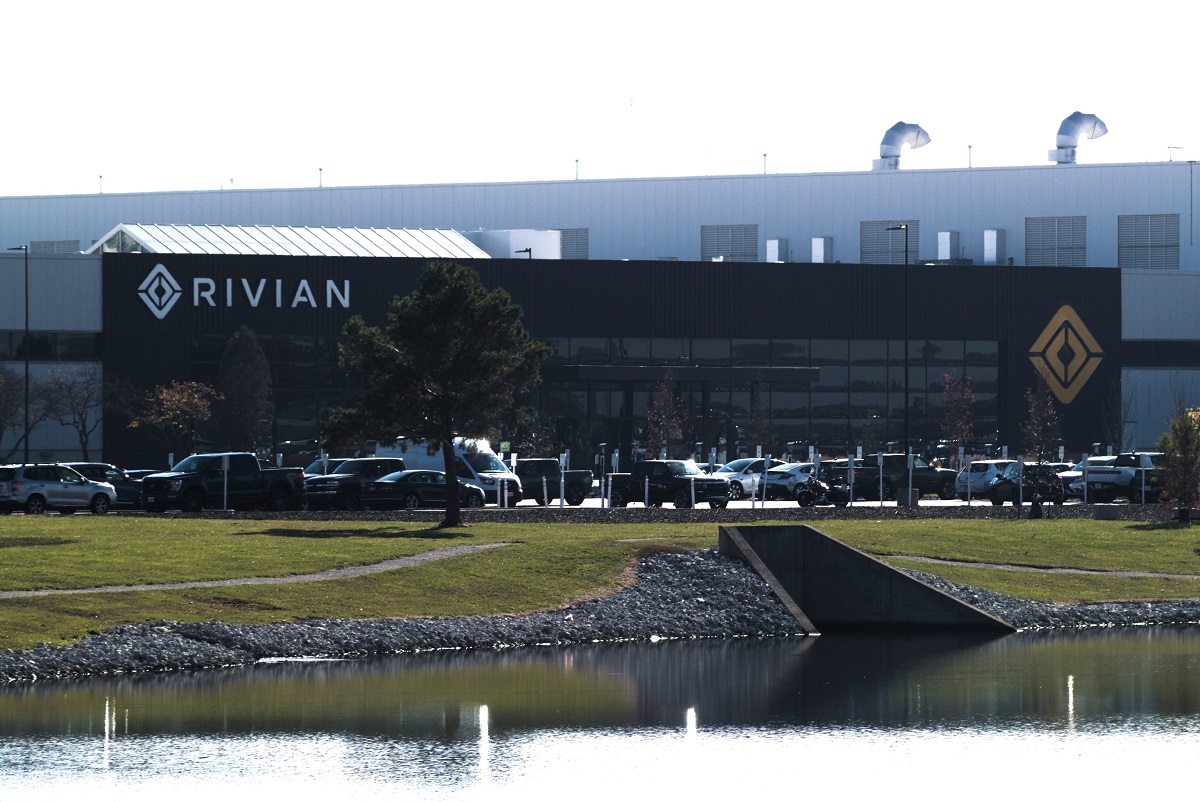The wealth gap continues to widen, with the rich getting richer while many struggle to make ends meet. What’s driving this trend, and how is the system structured to perpetuate it?
1. Lower Tax Rates

The wealthy enjoy substantial tax breaks and loopholes, such as deductions, offshore accounts, and favorable capital gains tax rates. These advantages often result in them paying a lower effective tax rate than the average worker, which allows their wealth to accumulate more rapidly.
2. Investment Income

The 1% earn a large portion of their income from investments rather than wages. Capital gains and dividends are taxed at lower rates, and compounding returns from these investments increase their wealth exponentially over time.
3. Inheritance

Wealthy families pass down their fortunes through generations, creating a cycle of wealth accumulation. Inherited wealth provides a massive head start, giving heirs the means to invest and grow their fortunes without the same financial struggles most people face.
4. Stock Market Gains

The stock market has seen massive gains over the past decades, benefiting those who can afford to invest heavily. The wealthy have the capital to take advantage of market upswings, reaping significant profits that further increase their net worth.
5. Real Estate Investments

The rich invest in real estate, which appreciates over time and provides a steady income stream. High property values and rental income contribute significantly to their wealth, while average citizens struggle with rising housing costs.
6. Political Influence

The wealthy use their money to influence politics, ensuring policies favor their interests. Through lobbying and campaign contributions, they shape legislation that protects and enhances their wealth, often at the expense of the broader population.
7. Access to Information

The 1% have access to superior financial advice and information. They can afford top-tier advisors and private investment opportunities, enabling them to make informed and profitable financial decisions that aren’t available to the average person.
8. Education

Wealthy individuals can afford elite education for themselves and their children. Prestigious schools and universities open doors to high-paying jobs and influential networks, perpetuating their economic advantages across generations.
9. Low Wages for Workers

Corporations, often owned by the wealthy, keep wages low to maximize profits. This practice ensures that the bulk of the financial gains from increased productivity and profits go to the top, leaving workers with stagnant incomes and limited opportunities for wealth accumulation.
10. Automation

The rise of automation and artificial intelligence benefits the rich, who invest in these technologies to reduce labor costs. While their profits soar, displaced workers face job insecurity and limited employment opportunities.
11. Globalization

Globalization allows the wealthy to exploit cheaper labor markets abroad. By outsourcing jobs and leveraging international supply chains, they increase profit margins while domestic workers face unemployment and wage stagnation.
12. Monopolies

Large corporations, often controlled by the 1%, dominate markets and stifle competition. Monopolistic practices enable them to set higher prices, increase profits, and consolidate economic power, reducing opportunities for smaller businesses and consumers.
13. Stock Buybacks

Companies buy back their own stock to drive up share prices, benefiting wealthy shareholders. This practice inflates executive compensation and stock values, diverting funds from potential investments in wages and job growth.
14. Hedge Funds

Hedge funds, accessible mainly to the wealthy, offer high returns through complex and often risky financial strategies. These exclusive investment vehicles further amplify the wealth of the rich, widening the economic divide.
15. Low Interest Rates

Low interest rates benefit borrowers, particularly the wealthy who can afford to take on significant debt to invest in real estate, businesses, and other assets. This cheap access to capital accelerates their wealth growth while average savers earn minimal returns.
16. Deregulation

Deregulation often benefits large corporations by reducing compliance costs and increasing profitability. Wealthy business owners and investors see substantial gains, while reduced oversight can lead to economic instability and crises that disproportionately impact the less affluent.
17. Tax Havens

The rich use offshore accounts and complex financial structures to evade taxes. Tax havens allow them to hide vast sums of money, avoiding the tax obligations that fund public services and infrastructure.
18. Corporate Welfare

Government subsidies and bailouts disproportionately benefit the wealthy. Large corporations receive significant financial support, often justified as necessary for economic stability, while small businesses and individuals receive far less assistance.
19. Executive Compensation

CEOs and top executives receive massive salaries, bonuses, and stock options, often far exceeding the value they provide. This excessive compensation is justified by boards of directors, who are frequently composed of other high-income individuals, perpetuating the cycle of wealth accumulation.
20. Inequitable Health Care

The wealthy can afford the best health care, ensuring they remain productive and financially secure. Poor health care access for the rest of the population leads to higher costs and less financial stability, exacerbating economic inequality.
The Elite

The system is rigged to favor the wealthy, leaving the rest of us struggling to keep up. Understanding these dynamics is the first step toward advocating for a fairer economic system. It’s time to demand changes that benefit everyone, not just the 1%.
DeSantis Under Fire As Florida Left Underwater

Florida residents are struggling this hurricane season, and many are pointing the finger at a certain Governor. DeSantis Under Fire As Florida Left Underwater
Factory Shutdowns in Illinois Devastate 1000 Workers

While the job market seems to be in relatively good shape, some states are feeling the burn – Illinois being one of them. Factory Shutdowns in Illinois Devastate 1000 Workers
Largest Data Breach Exposes Full Names, Social Security Numbers, Driver’s Licenses, and More of 3 Million Americans

A debt collection company just experienced a massive data breach that makes your usual cases of identity theft look like child’s play. Largest Data Breach Exposes Full Names, Social Security Numbers, Driver’s Licenses, and More of 3 Million Americans
Featured Image Credit: Shutterstock / earth phakphum.
The content of this article is for informational purposes only and does not constitute or replace professional financial advice.
For transparency, this content was partly developed with AI assistance and carefully curated by an experienced editor to be informative and ensure accuracy.
The images used are for illustrative purposes only and may not represent the actual people or places mentioned in the article.
